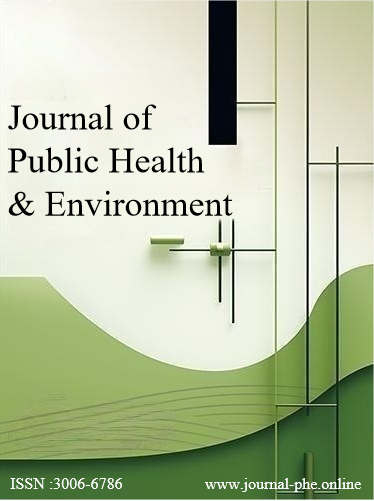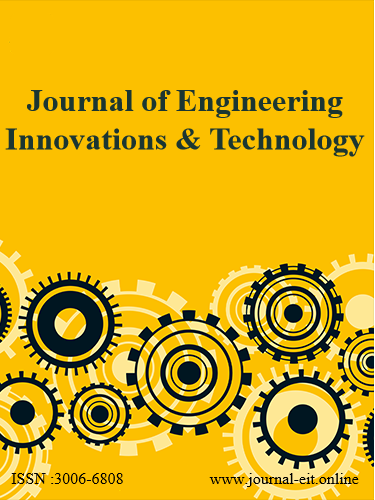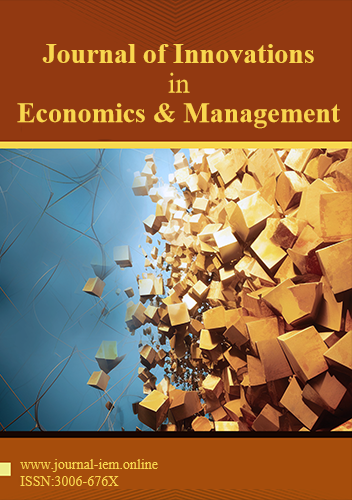 An open access journal
An open access journal
Sustainable Livestock Management: Balancing Production and Environmental Impact
Abstract
Sustainable livestock management is crucial for balancing the growing demand for animal products with environmental conservation and animal welfare. This paper explores strategies for sustainable livestock production, including pasture-based systems, feed efficiency improvements, and waste management techniques. It discusses the environmental impacts of livestock farming, such as greenhouse gas emissions and land degradation, and examines approaches to mitigate these impacts through integrated management practices and technological innovations. By promoting responsible animal husbandry practices, sustainable livestock management aims to ensure the long-term viability of livestock production systems while safeguarding natural resources and biodiversity.
Share and Cite
Article Metrics
References
- Herrero, M., Havlík, P., Valin, H., Notenbaert, A., Rufino, M. C., Thornton, P. K., ... & Obersteiner, M. (2013). Biomass use, production, feed efficiencies, and greenhouse gas emissions from global livestock systems. Proceedings of the National Academy of Sciences, 110(52), 20888-20893.
- Steinfeld, H., Gerber, P., Wassenaar, T., Castel, V., Rosales, M., & De Haan, C. (2006). Livestock's long shadow: environmental issues and options. Food & Agriculture Org.
- Thornton, P. K., van de Steeg, J., Notenbaert, A., & Herrero, M. (2009). The impacts of climate change on livestock and livestock systems in developing countries: A review of what we know and what we need to know. Agricultural Systems, 101(3), 113-127.
- McMichael, A. J., Powles, J. W., Butler, C. D., & Uauy, R. (2007). Food, livestock production, energy, climate change, and health. The Lancet, 370(9594), 1253-1263.





